Self-produced albums are more prevalent today with the accessibility of computers and other musical tech. But there were a few moments in the 70s and 80s where several artists created entire albums on their own. Here are just three essential self-produced albums that are essential listening!
Videos by American Songwriter
McCartney I — Paul McCartney
McCartney—often called McCartney I—is Paul McCartney‘s debut solo album from 1970. He completely self-produced this album, playing all the instruments himself with only backing vocal assistance from his wife, Linda. McCartney provided the guitars—electric, acoustic, and bass—drums, piano and organ, all the percussion, and even a Mellotron. He also played wine glasses and created several other effects.
While the album was criticized for its rough and unfinished nature, many critics have found it charming in retrospect. However, some still posit that McCartney possessed a sense of mediocrity and mildness that weighed it down.
Nebraska — Bruce Springsteen
Nebraska, released in 1982, was a wild turn for Bruce Springsteen. As well as being entirely self-produced, the album was also made completely of demos. Springsteen planned to record them with a full band, but found that the rawness of the demos worked better. Nebraska was a drastic style shift, as Springsteen had already become a household name. He found success with albums like Darkness At The Edge Of Town and especially Born To Run.
This album, Springsteen’s sixth, was recorded at his home in Colts Neck, New Jersey. He provided the vocals, guitars, harmonica, mandolin, glockenspiel, and synthesizer. The only part of the album he didn’t touch was the engineering and mastering, which were done by Mike Batlan and Dennis King, respectively.
Tubular Bells — Mike Oldfield
Many people may know Tubular Bells from its distinctive opening track, which served as the theme for the 1973 film The Exorcist. Mike Oldfield entirely self-produced this iconic two-track album when he was around 19 years old. He played a laundry list of instruments—grand piano, glockenspiel, various types of organs, acoustic and bass guitar, various percussion, penny whistle, tack or honkey tonk piano, tympani, and the titular tubular bells. He also had a homemade effects unit for the electric guitar that he called the Glorfindel box, according to Dark Star, the official Mike Oldfield magazine.
Allegedly, this was a wooden box full of transistors that were horribly unreliable and never made the same effect twice. Oldfield used this to create “speed guitar,” “fuzz guitar,” “mandolin-like guitar,” and “guitars sounding like bagpipes.” These sounds were also assisted by something called a taped motor drive amplifier organ chord. This, apparently, sped up the recording tape to create several different effects.
Featured Image by Chris Walter/WireImage

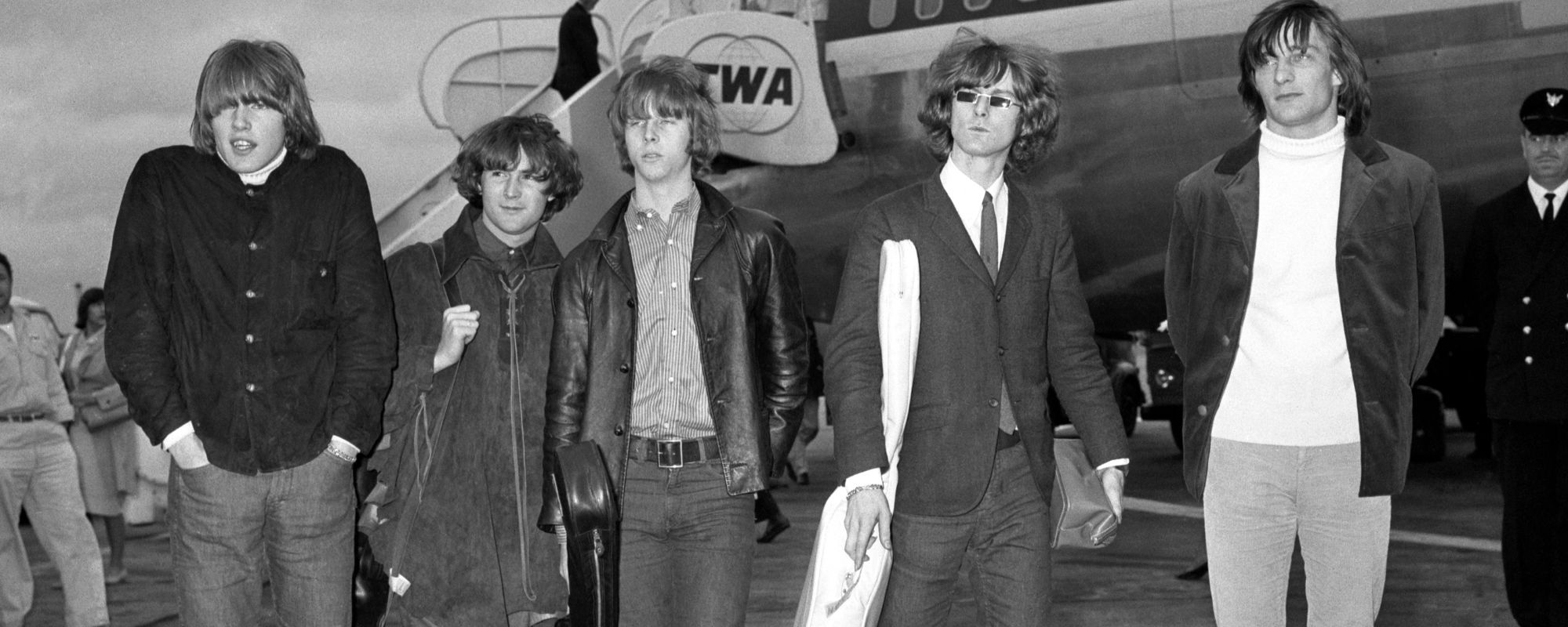
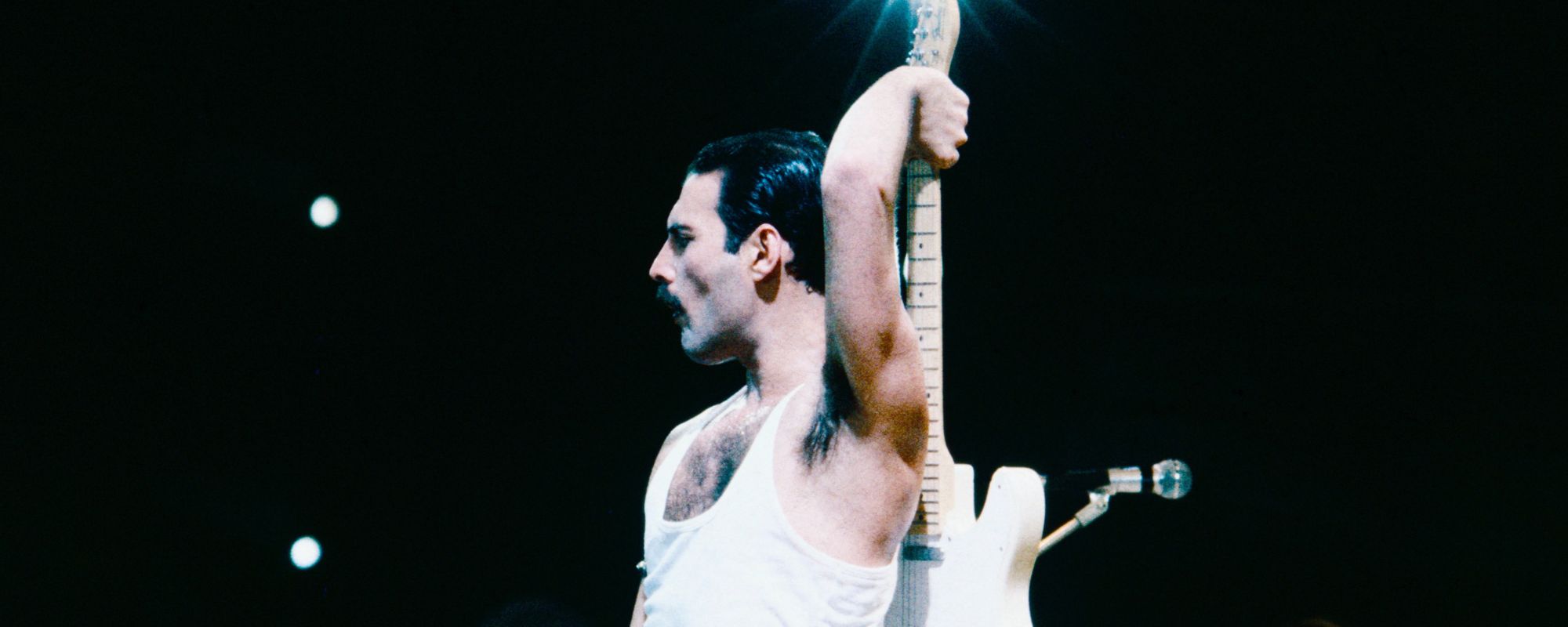



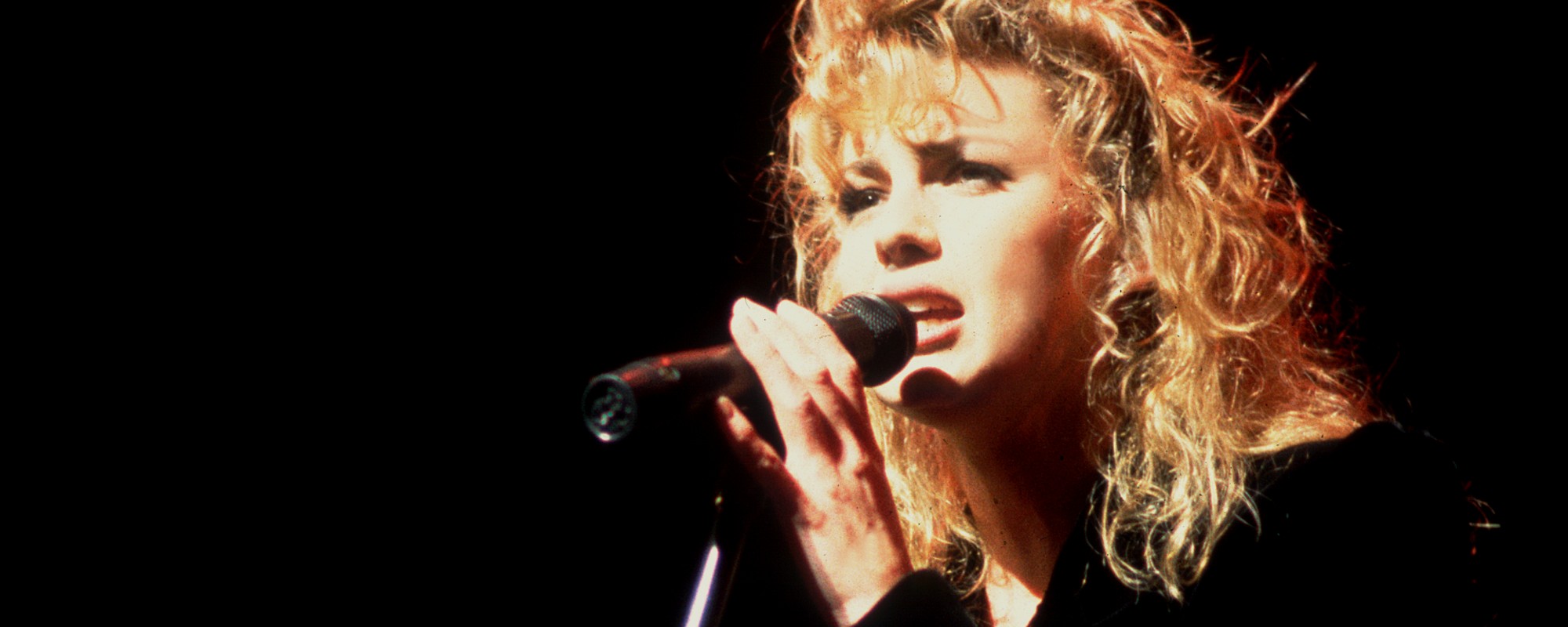

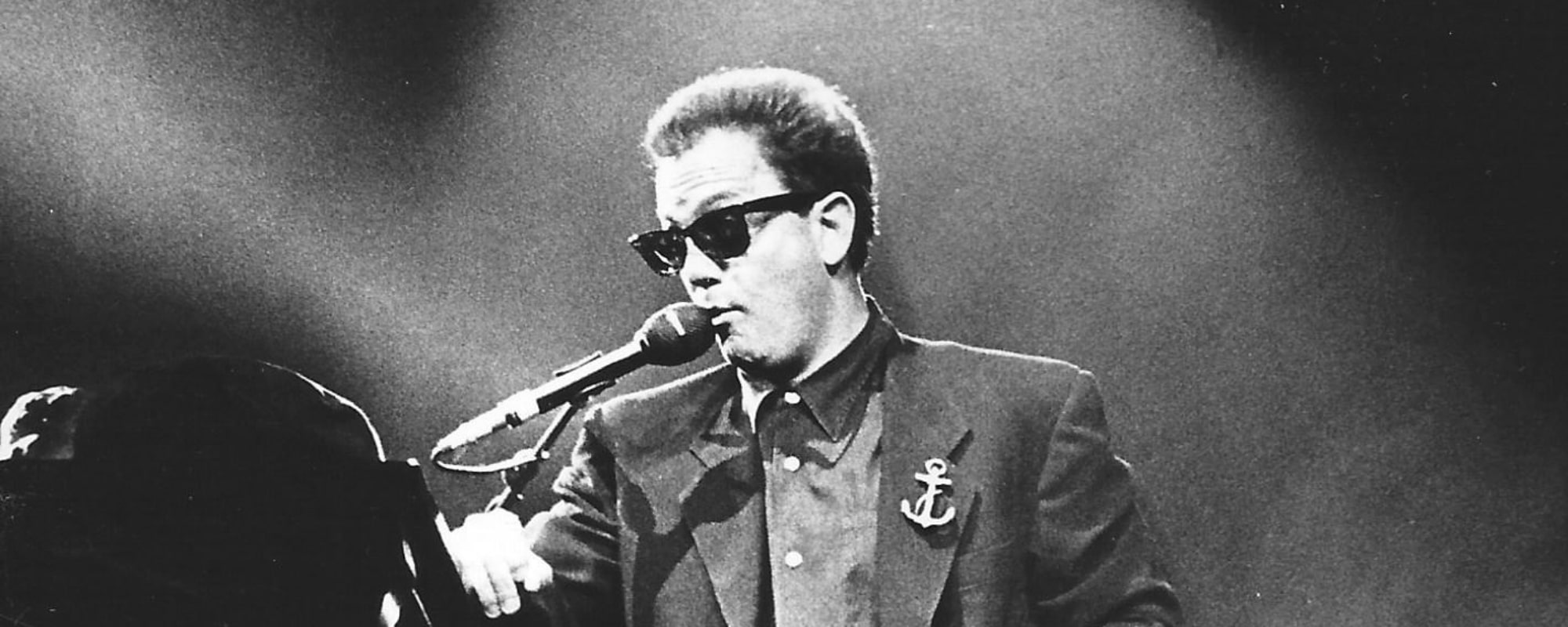
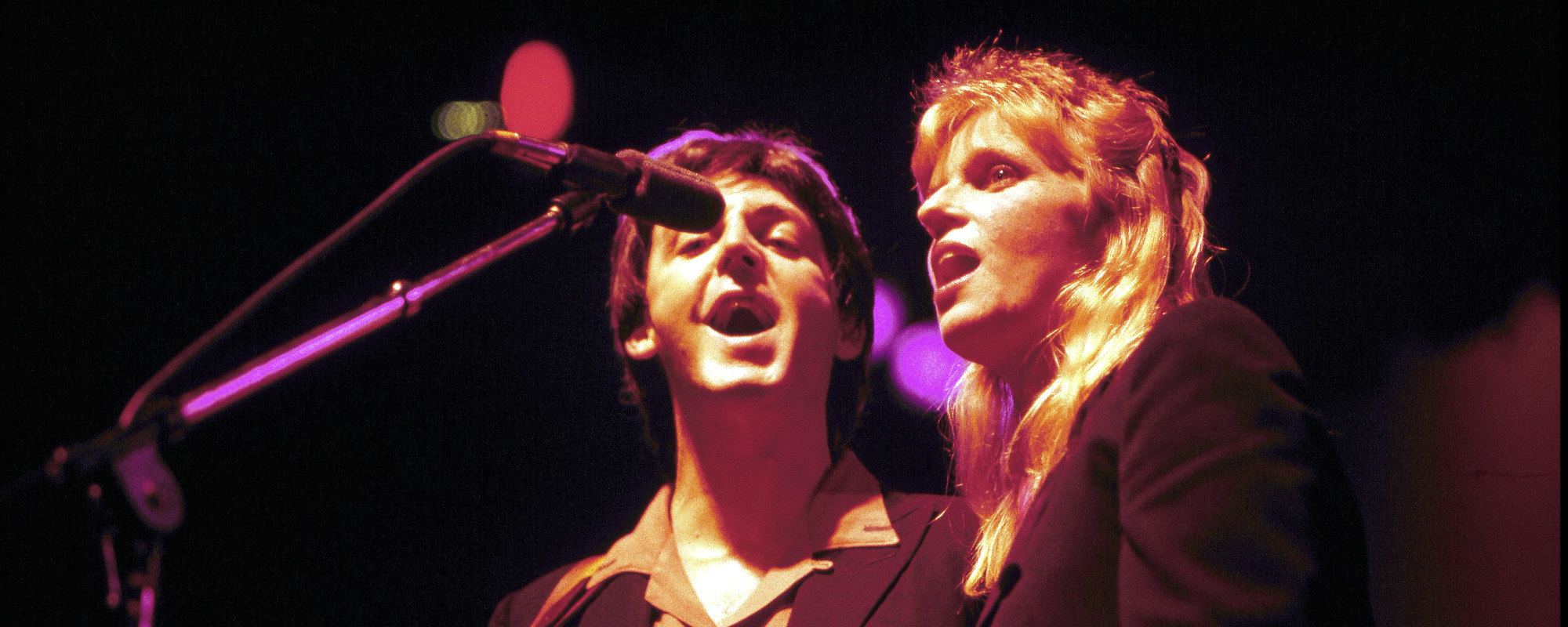
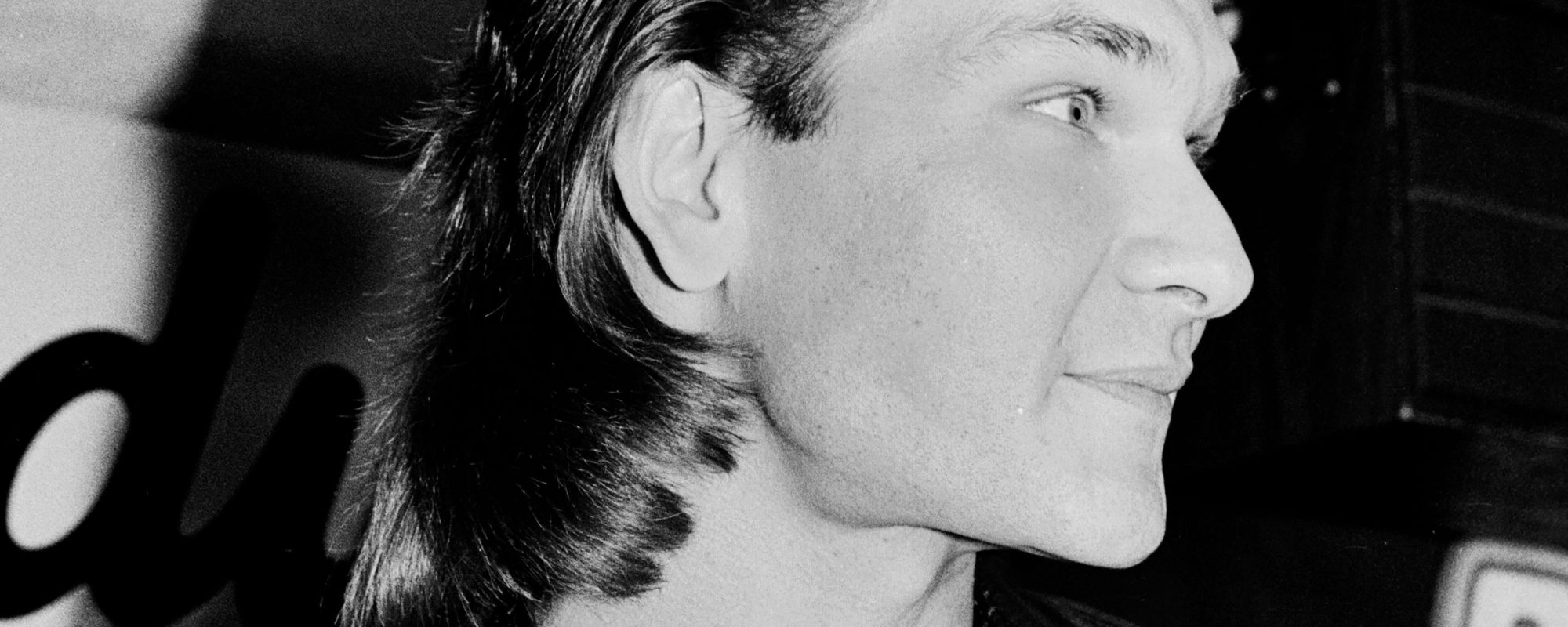
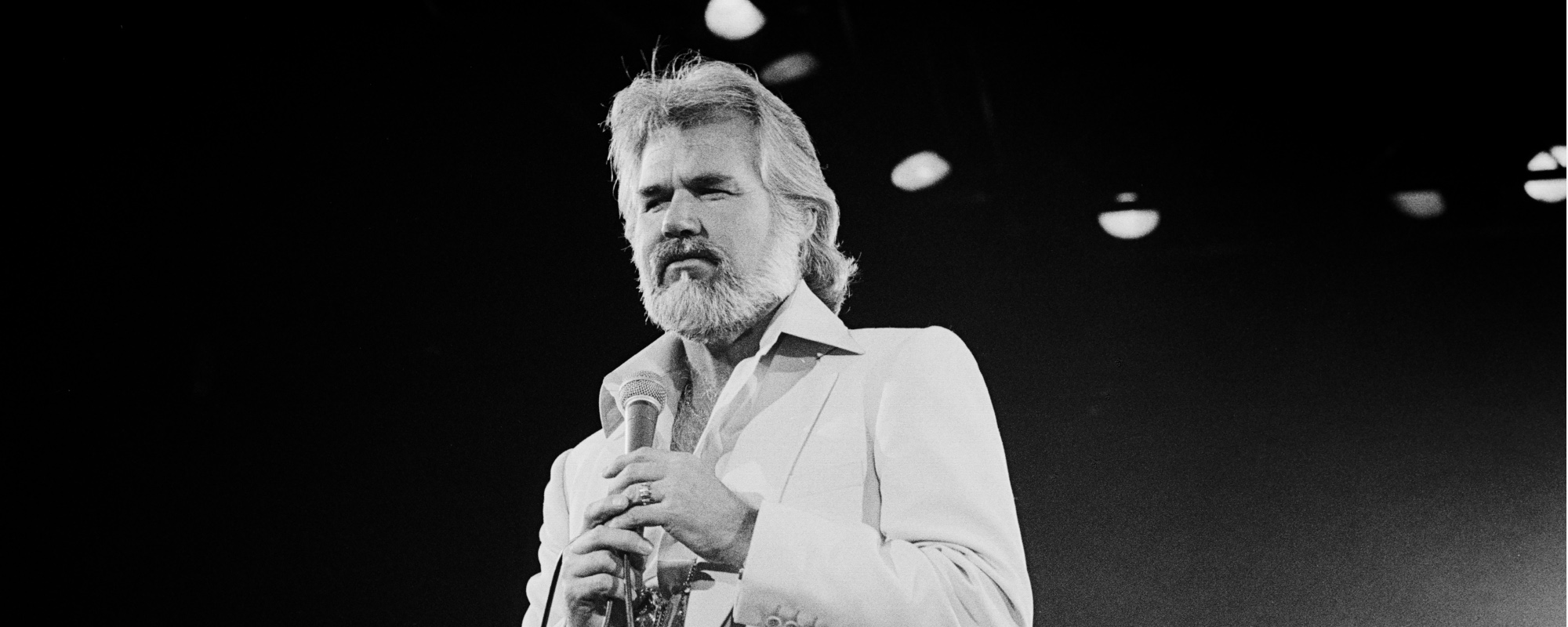
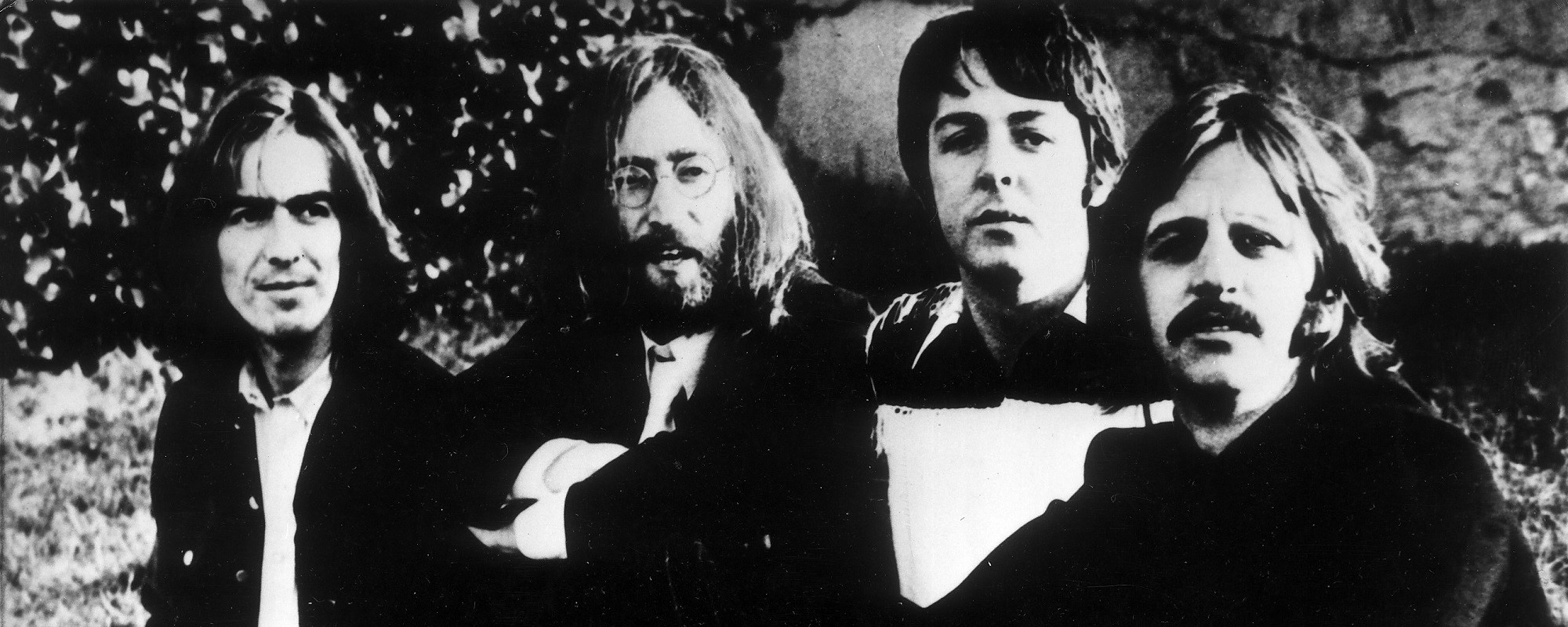
Leave a Reply
Only members can comment. Become a member. Already a member? Log in.